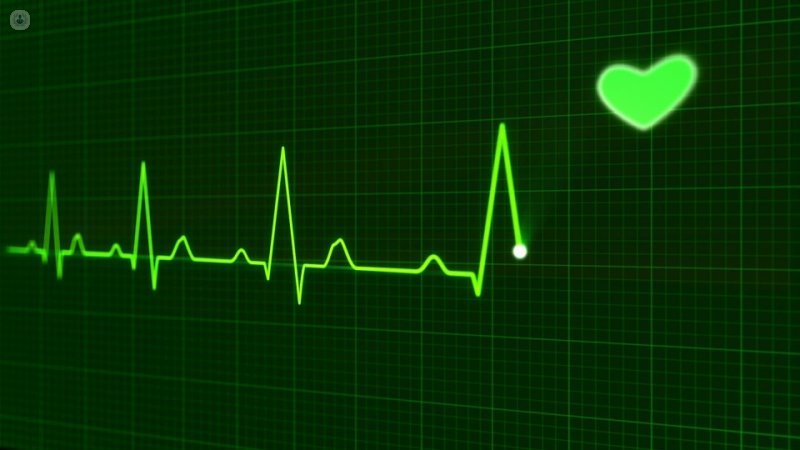All about the the implantable cardioverter defibrillator (ICD)
Written by:An implantable cardioverter defibrillator (ICD) is similar to a pacemaker, though a little larger. They are used for people at risk of cardiac arrest, as a preventative measure.
The ICD has the capability to detect if the patient’s heart goes into a fast rhythm which might make the patient feel unwell, black out, or even put their life at risk. The ICD will then either attempt to pace the heart very quickly to stop the rhythm, or shock the heart internally to break the rhythm, depending on the way it is programmed. London-based cardiologist Dr Mark Mason explains more...

An ICD may be installed for the following conditions:
• an abnormally fast heartbeat (tachycardia)
• potential risk of a cardiac arrest (or a previous history of one)
What is an ICD and what is the surgical procedure?
It consists of a small box (‘generator’), connected to one, two or three wires which pass through the vein behind the collarbone into the heart. It may have a single lead into either the top (‘right atrium’) or bottom (‘right ventricle’) chamber of the heart, or a lead in both. A special type of ICD, called a ‘biventricular ICD’ (‘CRT-D’) has three leads and is used for patients whose hearts are at risk of potentially dangerous fast heart rhythms and who have heart failure with certain features. Because it is a little bigger than a standard pacemaker, it may be buried under the chest muscle on the left-hand side. The procedure is done through an incision about 4-5cm, or 1 ½-2 inches, just below the collarbone under either a general or local anaesthetic.
Regular checks
The patient will need to have the ICD checked regularly. This can be done in one of two ways: The first is that the patient attends hospital and a device called a ‘header’ (which looks a little like a computer ‘mouse’) is placed over the skin above the ICD. The header is connected to a program which retrieves information about how the heart has been behaving since the last check. Changes can also be made to the settings of the ICD in this way. Most patients with ICDs now take advantage of the other method of checking using ‘home monitoring’ systems. This involves taking home a special box which plugs into the patient’s home telephone line. The box then wirelessly connects with the ICD when the patient is close by, and sends the information about the heart down the telephone line to the patient’s doctors. This has proved extremely useful in allowing patients to avoid frequent repeated visits to hospital, simply to confirm that all is well. At the moment, no changes can be made to the ICD through home monitoring and so the patient would need to attend hospital if changes were required. Pacing checks are usually performed one month after the procedure, and then every three months after that.


